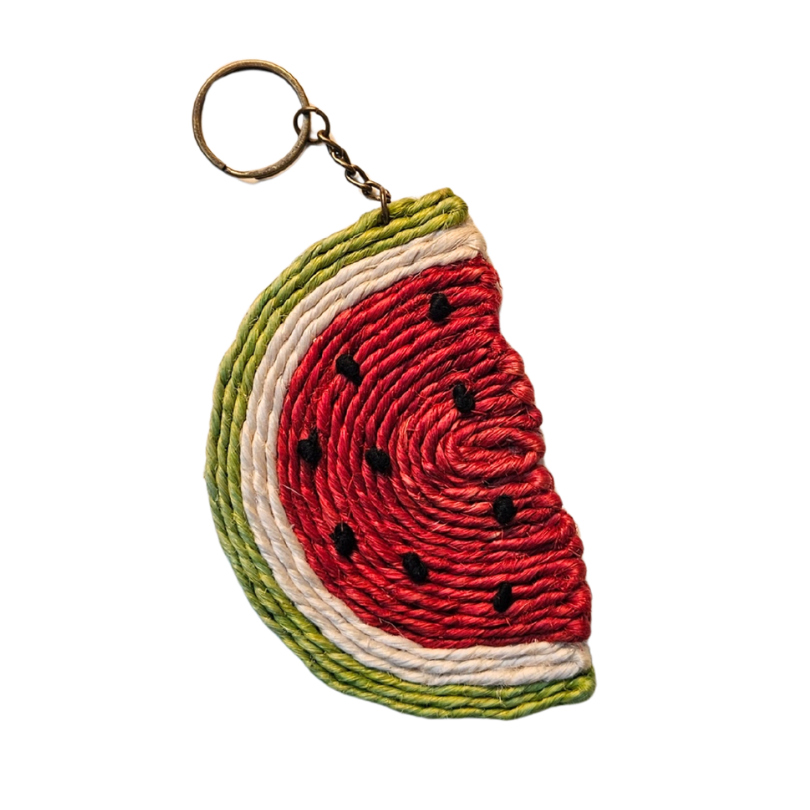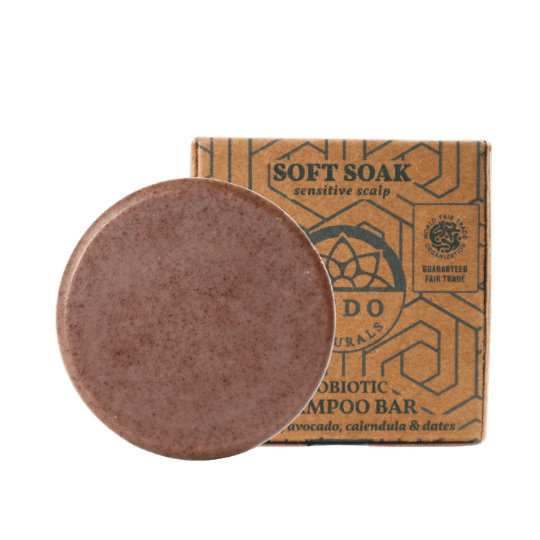Hemp: the Future of Textiles?
- Indo Naturals

- Jan 30, 2023
- 5 min read
Updated: Apr 27, 2023
Since 5000–4000 BC, hemp has been grown and used in various ways around the world. However, hemp farming was prohibited in several nations during the 20th century. This led to the loss of hereditary knowledge, cultural customs, plant species, and highly valuable material with many environmental and social benefits, next to its input as a quality material for various high-quality product alternatives.
Hemp belongs to the same plant family as marijuana and is a variety of the cannabis plant that does not contain the THC which gives the psychedelic effect associated with marijuana. In other words, it cannot give a psychedelic effect or make you "high". However, it can be used for a variety of purposes such as paper making, construction material, nutrition, bio-plastic, durable textiles, and more. For only a few decades ago many books were made of hemp paper and even the first car, Henry Ford's revolutionary invention had body parts made of hemp plastic. This, however, came to an end when hemp farming was prohibited in many regions due to the similarities between hemp and marijuana plants. This is said to have been done either due to ignorance or a failure to adequately differentiate between plants and control the market. With more information and in reaction to the financial and climatic crises, several countries have started to permit hemp farming once more.
One can also speculate that hemp farming might have been banned by the people in power because it is a strong competitor against outputs from cotton plantations and timber production, owned by landowners, which often have more political power.
There are many ecological benefits to the hemp crop. Growing hemp can contribute to regenerating soil by its ability to remove contaminants from the soil and even give nutrients to the soil. With this capacity to replenish the soil, it can be a valuable resource in boosting long-term sustainable food production.
Next to being an agricultural tool to regenerate soil quality, the hemp crop is a great carbon sink. Hemp plants absorb 1.63 tons of CO2 for every ton of hemp they produce.
Post cultivation, hemp fiber is an excellent resource for a wide range of applications, and by using it to create long-lasting products one ensures that the CO2 absorbed into the fibers will be utilized instead of being released into the atmosphere.
It is possible to grow hemp in a range of climates. With relatively little care and attention, the plant can reach heights of more over 6 meters without the use of pesticides or fertilizers because of its natural resistance to insects, animals, and extreme weather. Because of the low risk of crop failure and few inputs it can provide marginalized farmers with stable, low-risk, income with very low investments. It can even be grown in areas where the soil is no longer fertile, or where pesticides or climate conditions make rule out other crops. Which is the case for many areas in the Himalayas.
We are not finished yet. One of the most important factors for using hemp textiles instead of cotton is the dependence of water in the growth of the hemp plant versus the cotton plant. Hemp requires little water input to grow several meters tall. While cotton is a highly water-dependent plant. This is a crucial point in the world where fresh water might become a serious concern in the decades to come.
It's also worth mentioning the versatility of the hemp crop. The well-known cannabis leaf can be used for making oil, which is high in nutrients and thus beneficial for both skincare and food production. It can also be used to enrich the soil or to produce energy as biomass in power plants. The seed is also highly nutritious and can be used for food and oil. The stem has two parts, skin and hurd. The skin is what is used to create hemp textiles. Different processes and different types of hemp plant result in different types of textiles. The hurd, which is a large part of the plant, can be used to create construction materials such as plywood.
Hemp: A Sustainable Alternative to Cotton
Yielding Capacity: Since hemp can produce up to 220% more fiber per hectare than cotton and is among one of the fastest-growing plants in the world, it can produce a lot more while occupying a lot less space, allowing for the preservation of forests and other natural habitats.
Less Water Consumption: Hemp textile production uses considerably less water than cotton production. Also, hemp farming can be done in less than half of the water consumption that cotton intakes.
Nourishing the Soil: While hemp has the ability to nourish the soil and help it regenerate, cotton will in time contribute to soil erosion and degradation.
Low-Risk Crop: In contrast to cotton, a delicate plant whose organic cultivation increases the farmers' livelihood risks, hemp is a low-risk, productive crop, and has the potential to help reduce farmer crop risks and increase the expected income of marginalized farmers. Thus, contributing to reduced rural poverty.
Less Carbon Footprint: Hemp can trap 1.63 tons of CO2 each ton of hemp harvested, which is around 230% more than the similar fast-growing Eucalyptus trees. Hemp has a lower carbon footprint than cotton.
Sustainable: Since hemp is tougher than cotton, it can endure much longer. And since long-lasting products result in less waste, less CO2, less pollution, and less use of resources this is a crucial factor for environmental sustainability.
Resilient to climate change: Contrary to hemp, which can grow in a variety of climate zones and is more resilient to climate change and weather events, cotton is sensitive to environmental and climatic changes. This means that hemp is a plant to trust in a world with increasing climate changes.
Hemp is ecologically better than cotton, and it even has some ecological benefits (CO2 storage, and soil regeneration), which is unusual for a raw material. Using hemp instead of cotton has significant advantages for the environment. Furthermore, it's a crop that is safer for the farmers, which is a crucial social component because farmers are increasingly dealing with higher agricultural risks as a result of climate change. In addition to being superior on a social and environmental level, the hemp textile is frequently superior in terms of its properties. It is a sturdy and long-lasting material that dries quickly can contain a lot of moisture and has additional qualities such as antibacterial properties.
We believe that the hemp crop can be a part of reducing poverty by giving independent farmers in for example the Himalayas the opportunity to get a stable, low-risk, income to people that lack income opportunities. We strive to contribute to this development. The alternative is that the hemp crop is cultivated by large capitalistic plantations on flatlands. This would mean lower-quality hemp, increase the probability of worker exploitation and make the rich richer.
Following international bans and campaigns against its growth and consumption, hemp, formerly a common plant that was traditionally farmed and consumed over the world, is making a comeback. We will continue our work to promote hemp and the environmental and social possibilities it brings. Under is a picture dump of a hemp farm and the tailoring of our 100% hemp tote bag. Let's bring it back with open arms!



























































